Forsythia Shrub Care - How To Care For Your Forsythia Plant
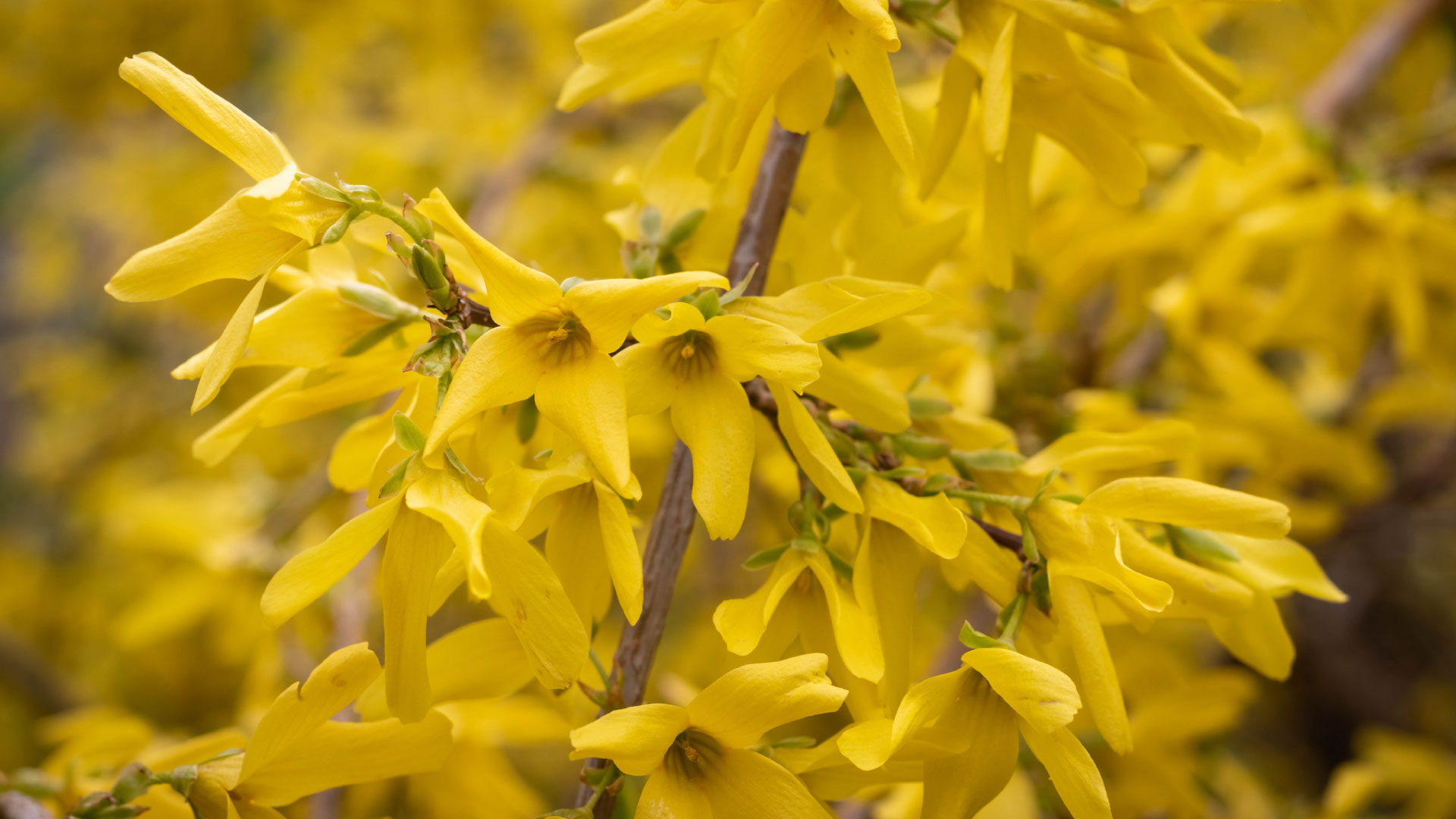

A forsythia plant (Forsythia spp.) can add dramatic flair to a yard in the early spring. Forsythia bushes are among the first plants of spring to burst forth in flower and in order to get the most from their brilliant yellow flowers, you need to make sure that you take proper care of forsythia in your yard. Keep reading to learn more about forsythia shrub care.
Basic Care of Forsythia
While forsythia bushes are easy to care for, there are a few things you can do to help them perform their very best for you.
First thing for forsythia shrub care is that forsythias enjoy full sun. Make sure your forsythia bush gets at least six hours of sunlight a day. While it can tolerate less than this, your forsythia's ability to flower will be reduced if it does not get full sun.
Next, forsythias need to be grown in well-draining soil. Overly wet, marshy, or swampy soil will not grow well. Also, the soil should be rich in organic matter. Mulching around your forsythia shrub will make sure that moisture is retained in the soil, weeds are kept down under the shrub, and that new organic material has a chance to work its way into soil that the forsythia plant is growing in.
While forsythia bushes like well-draining soil, they also grow best if watered regularly. Forsythias should receive at least 2 inches (5 cm.) of water a week. If enough rain does not fall to provide this amount of water, you can supplement with water from the hose. However, if you are worried about water conservation, forsythia plants can tolerate periods of decreased watering.
You should also fertilize when caring for forsythia. Use a balanced fertilizer once every two to three months in the spring and summer. Do not fertilize them in the fall and winter.
Good care of forsythia also requires that forsythia bushes be pruned yearly. Without pruning, these fast-growing shrubs can quickly get overgrown. The best time to prune forsythia shrubs is right after they've finished blooming. The care for forsythia bushes is easy but necessary.
Gardening tips, videos, info and more delivered right to your inbox!
Sign up for the Gardening Know How newsletter today and receive a free copy of our e-book "How to Grow Delicious Tomatoes".
With proper forsythia shrub care, your forsythia plant will reward you with a brilliant display of yellow flowers in the spring.

Heather Rhoades founded Gardening Know How in 2007. She holds degrees from Cleveland State University and Northern Kentucky University. She is an avid gardener with a passion for community, and is a recipient of the Master Gardeners of Ohio Lifetime Achievement Award.
-
 4 Superfast Composting Methods: Turn Waste Into Garden Gold In 30 Days Or Less
4 Superfast Composting Methods: Turn Waste Into Garden Gold In 30 Days Or LessTry the fastest composting methods to turbocharge your pile and transform kitchen scraps and garden waste into finished compost in just a few weeks.
By Mary Ellen Ellis
-
 Best Spider Plant Soil – Complete Soil Guide And Expert Tips For Keeping Plants Happy
Best Spider Plant Soil – Complete Soil Guide And Expert Tips For Keeping Plants HappySpider plants are fun and easy plants to grow, but what is the best soil for a spider plant? Selecting the right soil is important so they can thrive.
By Bonnie L. Grant
-
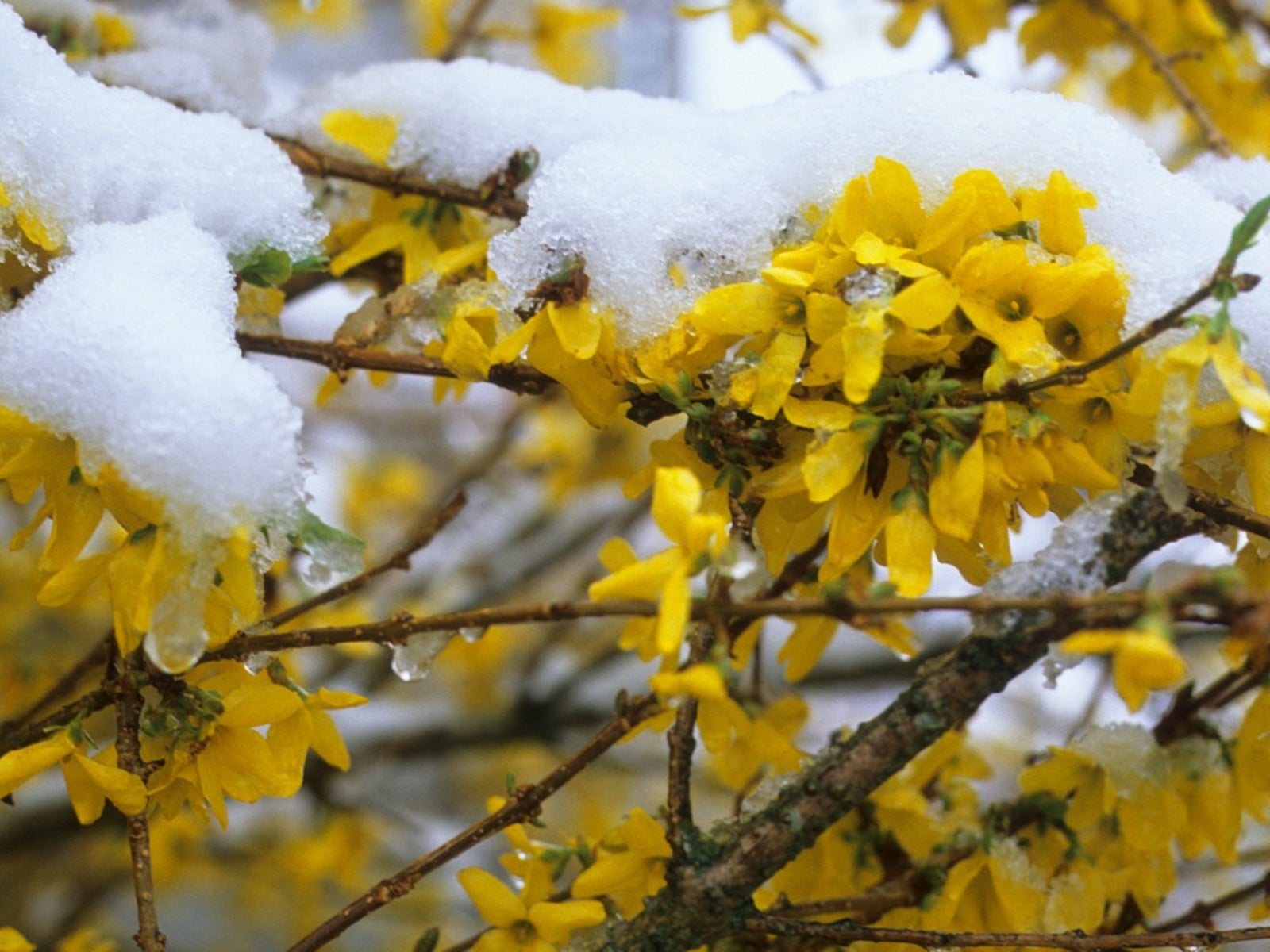 Forsythia Winter Damage: How To Treat A Cold Damaged Forsythia
Forsythia Winter Damage: How To Treat A Cold Damaged ForsythiaForsythia plants produce many stems and often need pruning to keep looking their best. Cold or windy winters may injure forsythias, but they usually recover. If you are wondering how to treat a cold damaged forsythia, this article will help.
By Teo Spengler
-
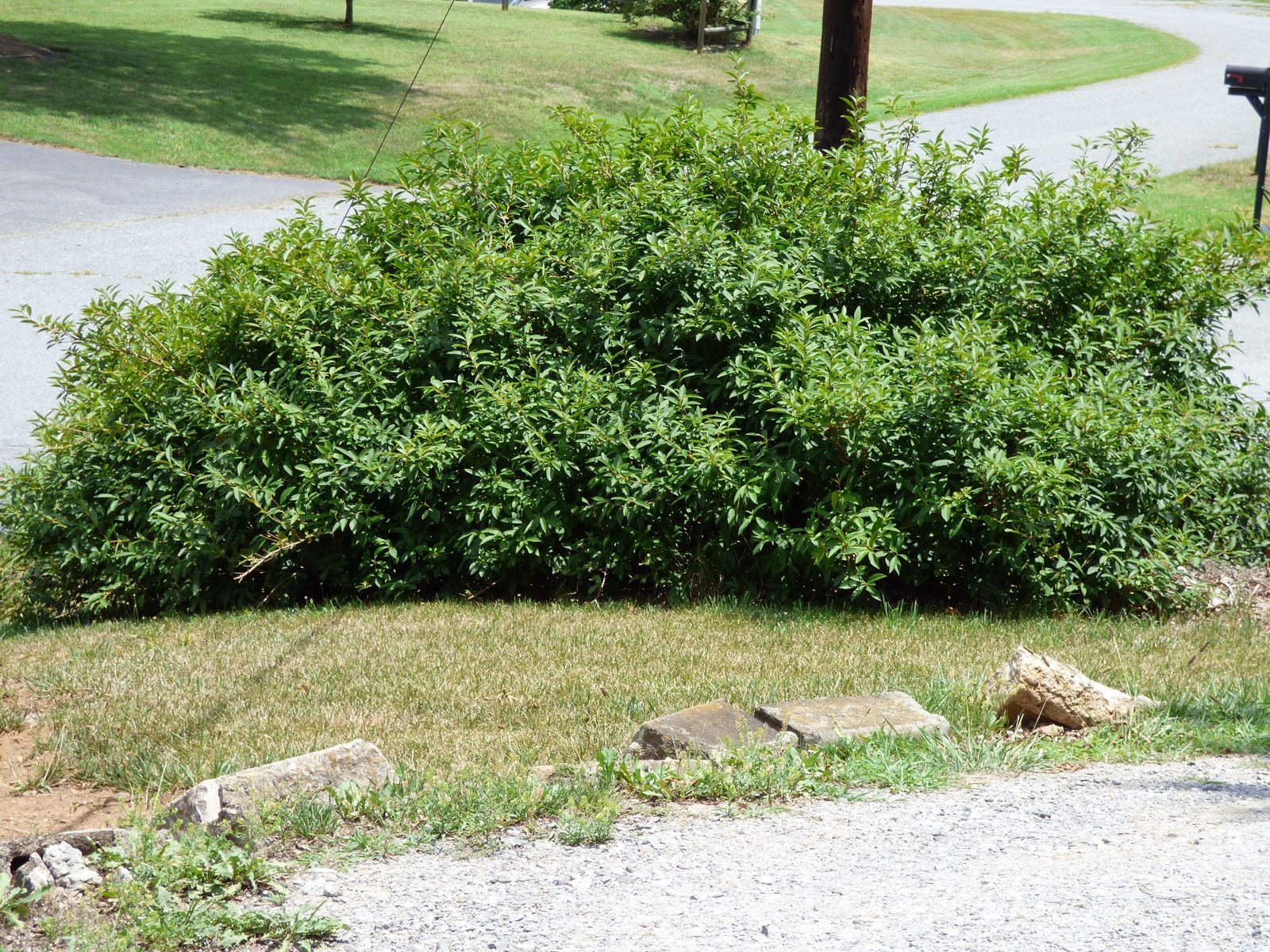 Forsythia Rejuvenation Pruning: Tips On Hard Pruning Forsythia Bushes
Forsythia Rejuvenation Pruning: Tips On Hard Pruning Forsythia BushesForsythias may start out as attractive landscape shrubs, but over time they can lose their luster. Learn more about hard pruning forsythia bushes once they've outgrown their space by clicking on the following article.
By Karen Boness
-
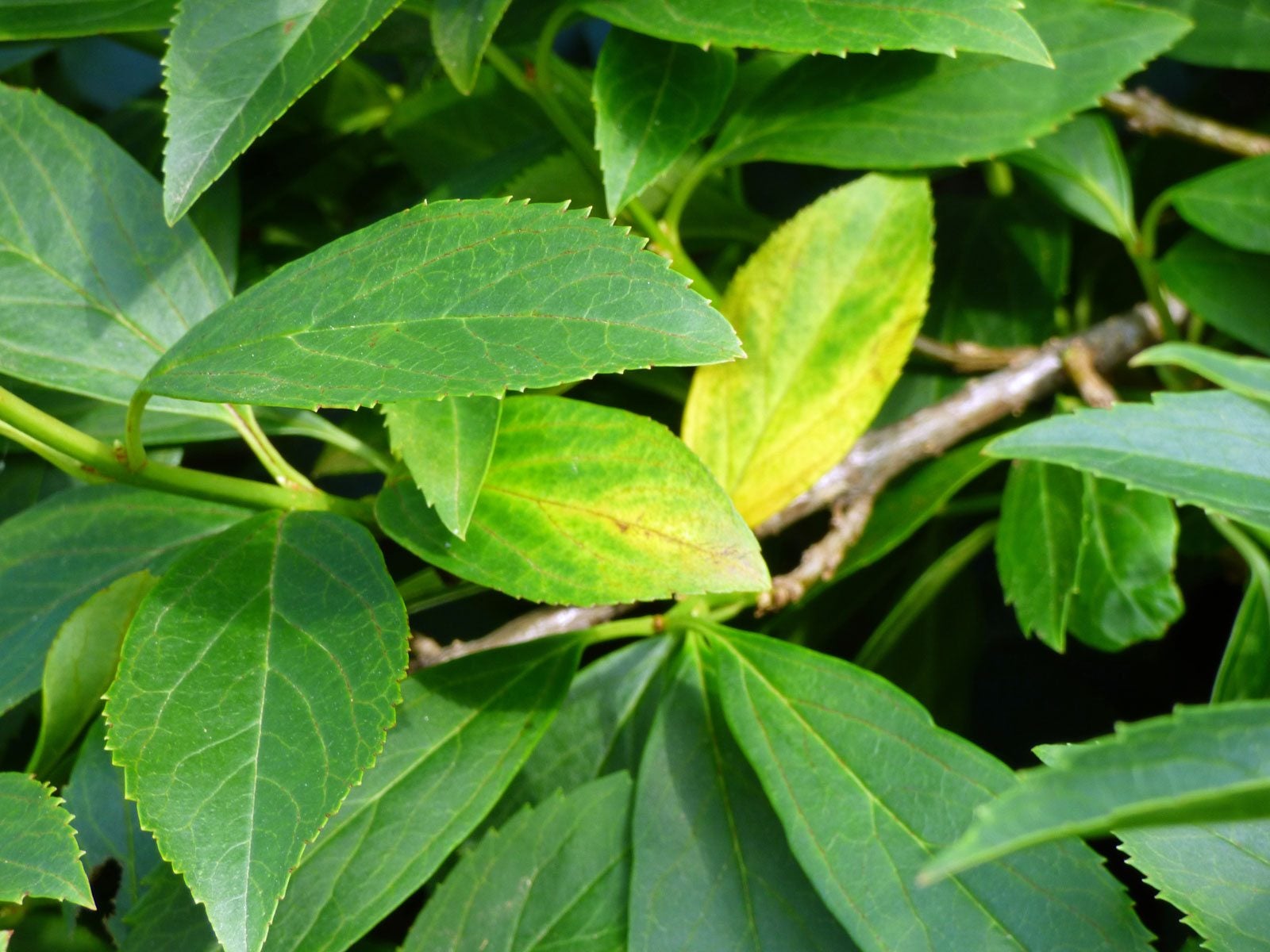 Forsythia Leaves Turning Yellow – Reasons For Yellow Leaves On Forsythia
Forsythia Leaves Turning Yellow – Reasons For Yellow Leaves On ForsythiaIf you see your forsythia leaves turning yellow, it could be a sign of a significant fungal issue. Yellowing forsythia bushes are normal before fall leaf drop but during the growing season it's time for action. Learn more here.
By Bonnie L. Grant
-
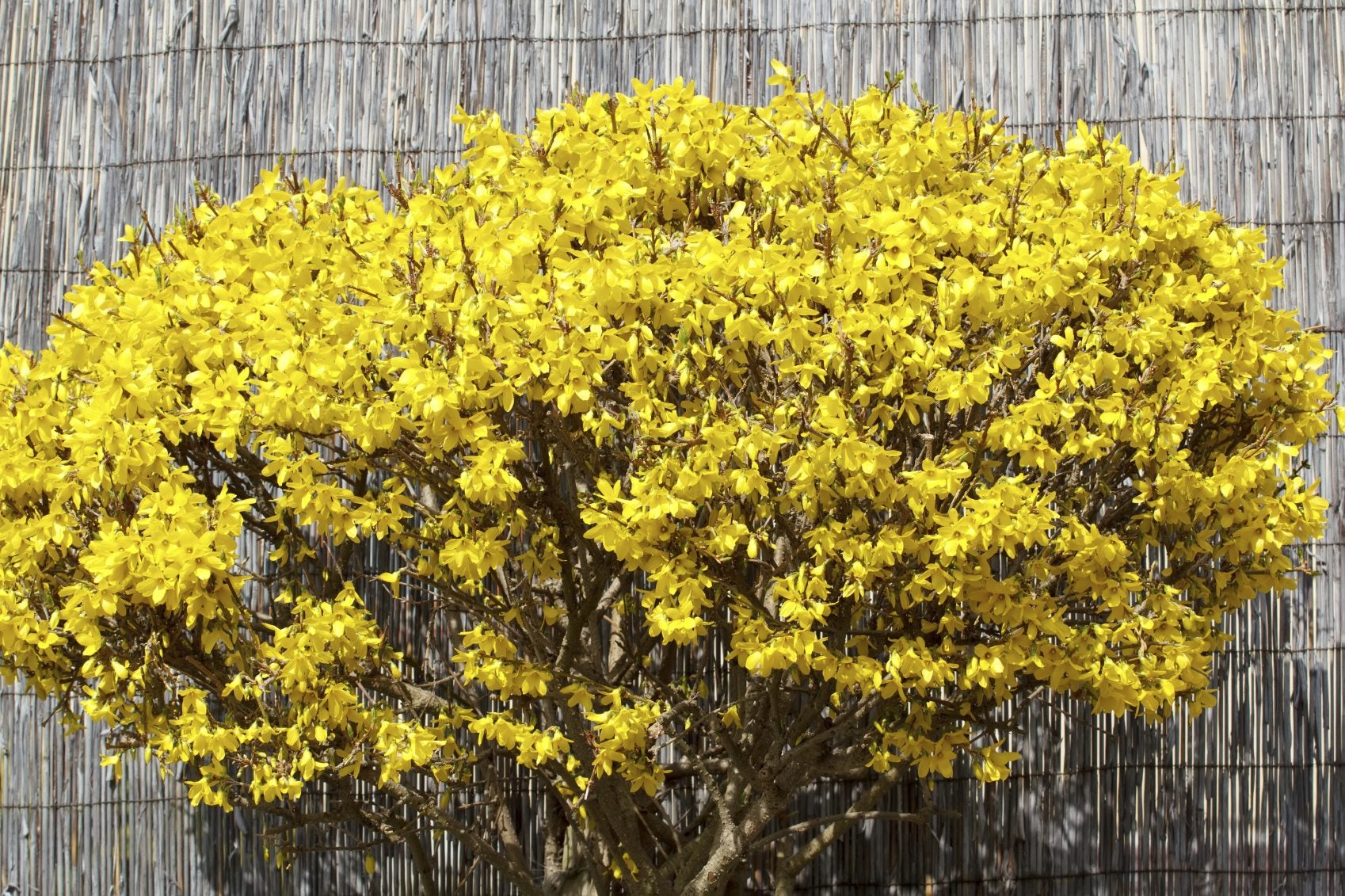 Varieties Of Forsythia: What Are Some Common Forsythia Bush Varieties
Varieties Of Forsythia: What Are Some Common Forsythia Bush VarietiesKnown for its bursts of brilliant yellow color that arrive even before the first leaf unfurls, forsythia is a delight to behold. But what other types are there? Find out about some popular forsythia varieties in this article. Click here for more info.
By Jackie Carroll
-
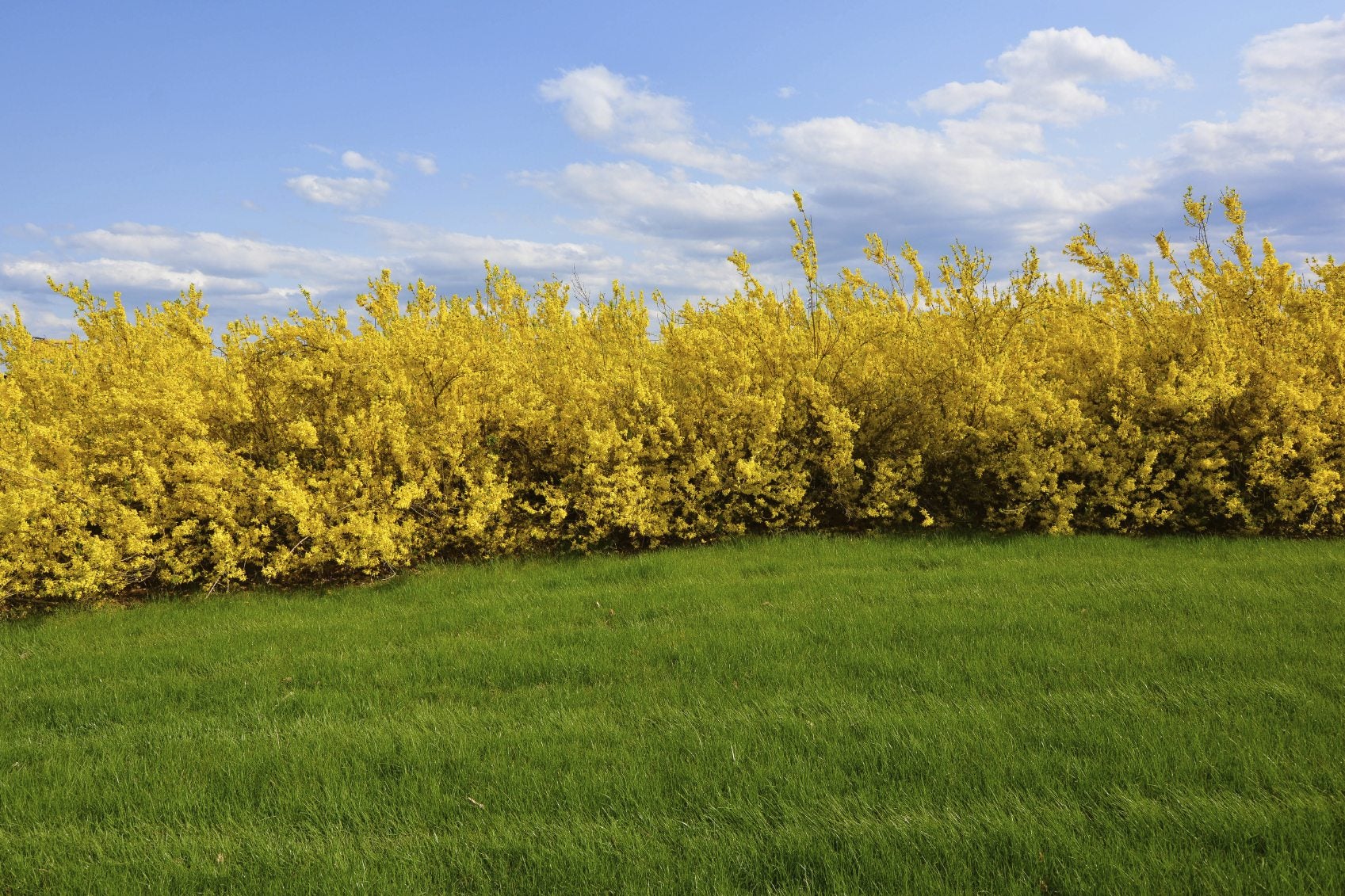 Planting Forsythia Hedges: Tips On Using Forsythia As A Hedge
Planting Forsythia Hedges: Tips On Using Forsythia As A HedgeIf you plan on using forsythia as a hedge, it is important to plant them correctly. This article has information on planting forsythia hedges and forsythia hedge pruning so you can find success with this type of hedge. Click here to learn more.
By Teo Spengler
-
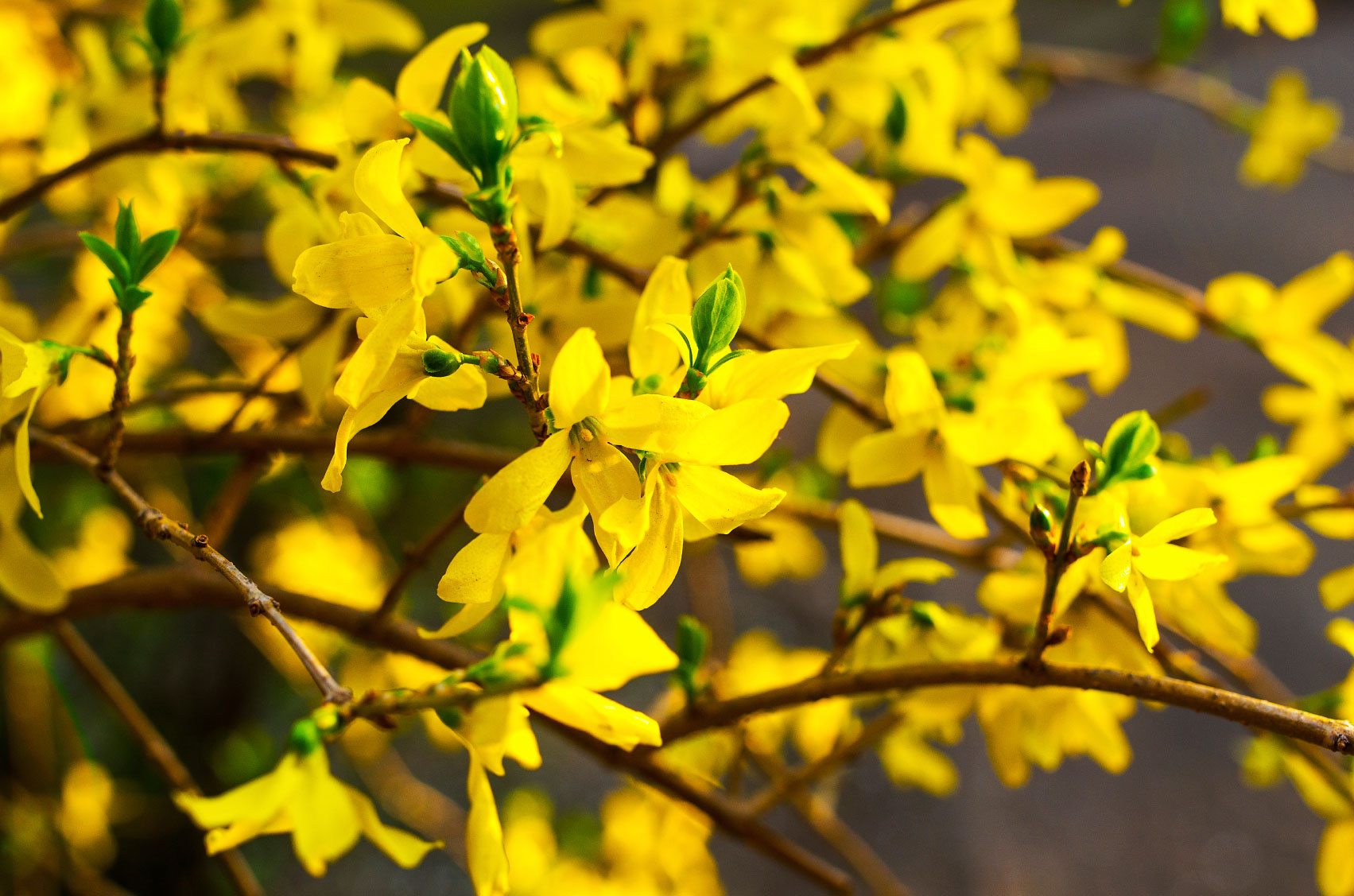 Can You Propagate Forsythia: How To Propagate Forsythia Shrubs
Can You Propagate Forsythia: How To Propagate Forsythia ShrubsForsythia bursts into bloom in late winter, well ahead of most other early-season shrubs. They look fantastic in groupings and shrub borders. If you can't get enough of them, read this article to find out about propagating forsythia plants.
By Jackie Carroll
-
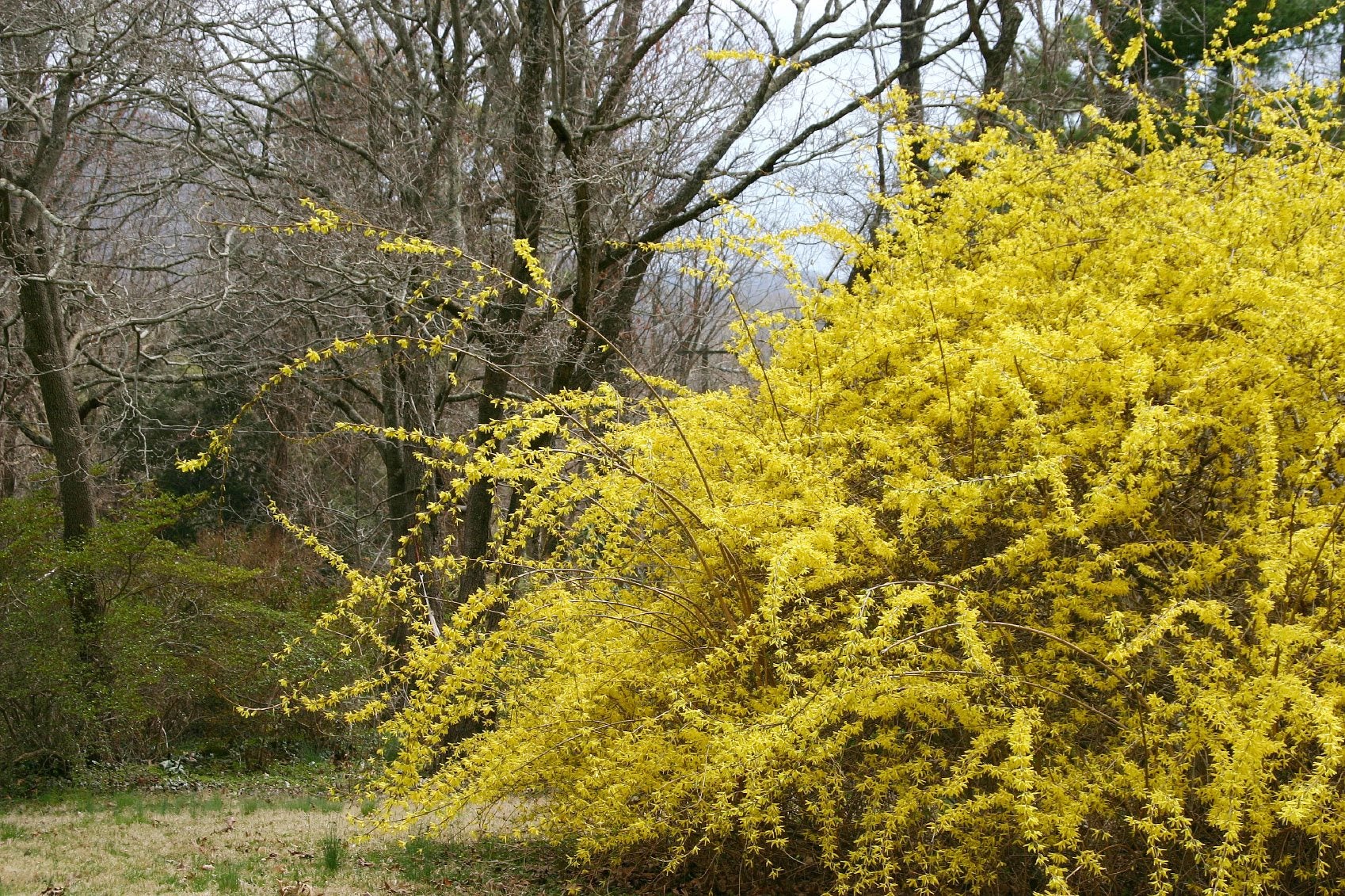 Tips For Growing A Weeping Forsythia Shrub
Tips For Growing A Weeping Forsythia ShrubA true harbinger of spring, forsythia blooms in late winter or spring. Weeping forsythia is slightly different from its cousin, the border forsythia, in that it has trailing branches. This article explains how to care for this large, graceful shrub.
By Jackie Carroll
-
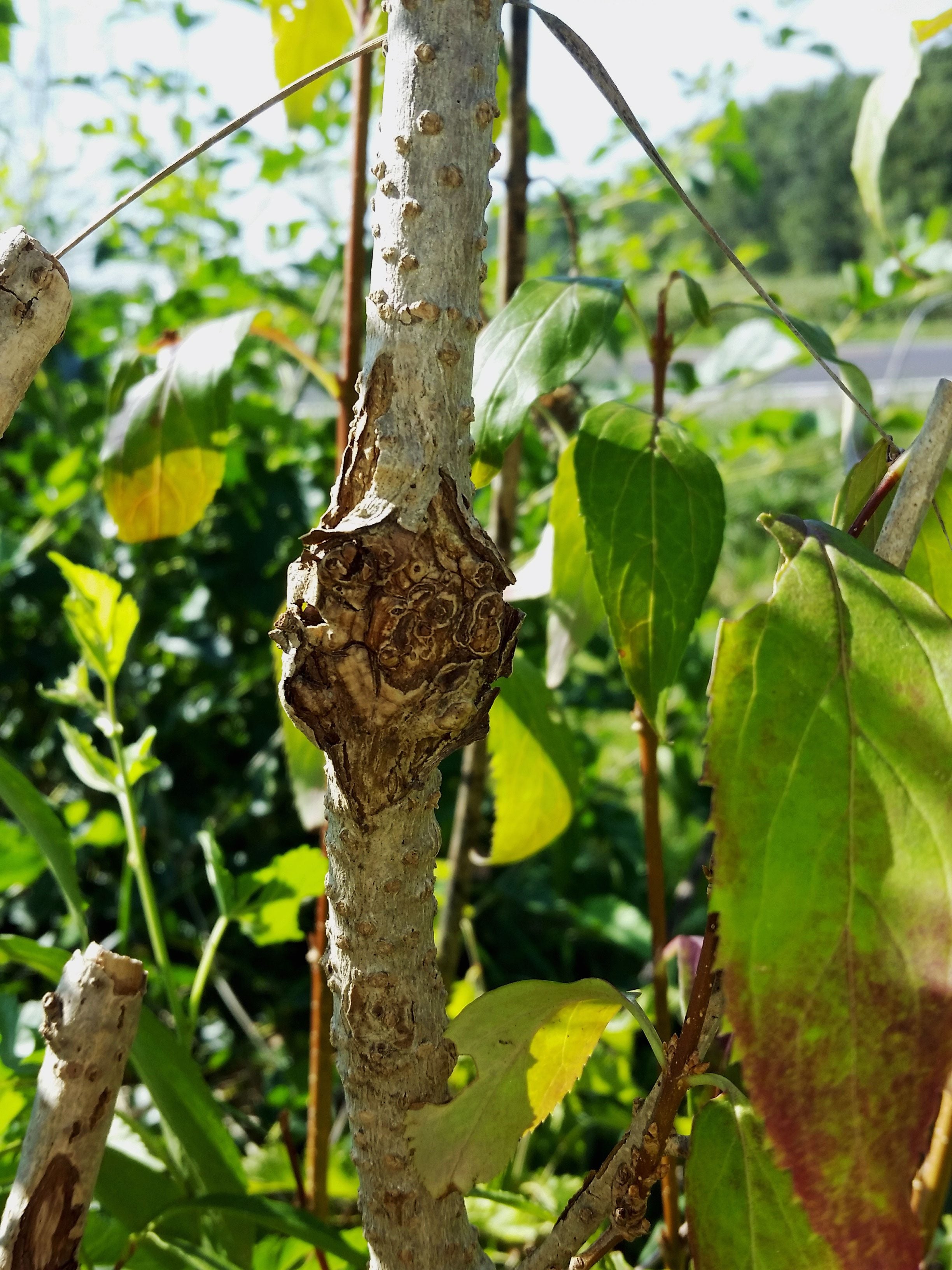 Forsythia Gall Treatment: How To Fix Phomopsis Gall On Forsythia Bush
Forsythia Gall Treatment: How To Fix Phomopsis Gall On Forsythia BushForsythia shrubs are well known for their beauty and tenacity, but even the toughest of these shrubs can become sickly in the presence of phomopsis galls. Read this article to find out how to manage this unsightly fungus.
By Kristi Waterworth